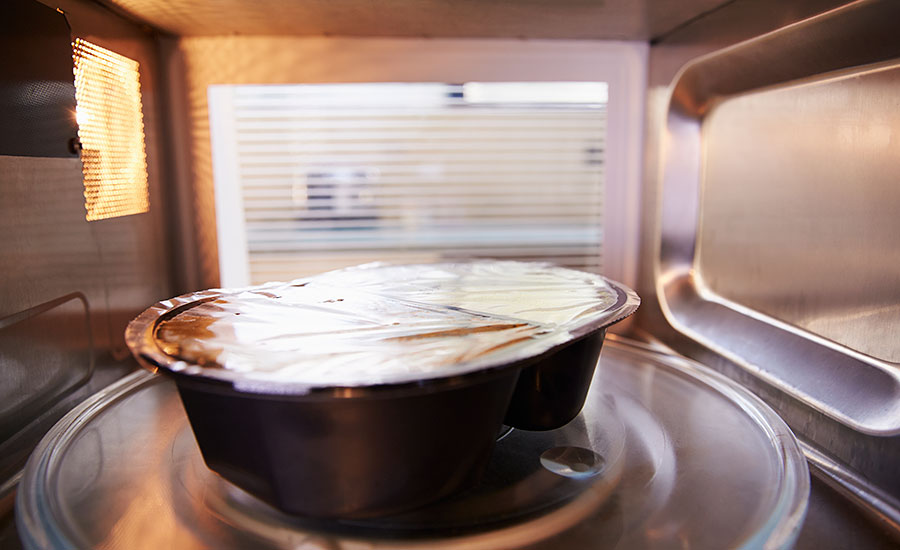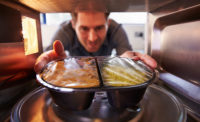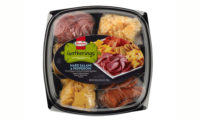The global microwave packaging market continues to grow. In fact, a report from London-based Technavio, Global Microwave Packaging Market Through 2020, projects an 8 percent compound annual growth rate between now and 2020.
Another market study, Microwave Packaging: A Global Strategic Business Report published by Global Industry Analysts Inc. (GIA), San Jose, Calif., pegs dollar volume of the 2020 market at $14 billion.
Microwavable packaging helps speed preparation of frozen food, fresh food and shelf-stable meals. The frozen food segment holds 55 percent of the microwavable packaging market, according to Technavio. Europe represents the largest market, but economic development and growing urbanization make Asia-Pacific the fastest growing region.
The GIA report identifies seven market drivers:
- Increasing demand for easy-to-prepare and processed foods
- Changing consumer lifestyles and buying behavior
- Rising number of women in the workforce
- Growing affluence of the middle class population
- Westernization of food habits
- Technology innovations in microwave packaging
These drivers support three major trends cited in the Technavio report: demand for small-sized packs; increased adoption of pouch packaging; and advances in high-barrier flexible packaging material.
Campbell Soup Co., in Camden, N.J., addresses all three trends with its single-serving 9-ounce Pace Ready Meals and Prego Ready Meals. The standup pouch is placed unopened in a microwave, heated for one minute, allowed to sit in the microwave for one minute and opened. After stirring, the contents may be poured into a bowl, but an extra-wide bottom gusset allows the pouch to serve as a bowl, eliminating the need to dirty a dish. The Pace Ready Meals lineup currently consists of five products including Cheesy Chicken Quesadilla, Southwest Style Chicken with Corn and Beans, Santa Fe Style Steak with Black Beans and Rice, and Fiesta Chicken and Rice with Red and Green Peppers. One protein-based option, Marinara and Italian Sausage Rotini, is included in the introductory quartet of Prego Ready Meals.
Many recent product introductions rely on microwave steaming and packaging with steam-release or self-venting features that allow steam pressure to build to the appropriate point in the cooking process. Steam release and self-venting can be accomplished by degassing valves, which can be applied to rollstock or premade bags, or laser technology. In fact, a laser can score or micro-perf so precisely, it can produce a venting or easy-open feature in the film without compromising the integrity of a hermetic package.
The demand for easy-to-prepare foods has spurred a proliferation of heat-in and cook-in packages like the self-venting pouch for the Prego and Pace Ready Meals. Although use of pouches is increasing, crystallized polyethylene terephthalate, polypropylene (PP) and paperboard trays remain popular options.
High-impact copolymer PP trays offer environmental advantages. Advances in thermoforming technology reduce scrap generated in the production process. On the consumer side, the dishwasher-safe trays are reusable or recyclable in programs that accept PP. Enhanced designs combine improved ergonomics with a reduction in resin consumption of nearly 50 percent. Lightweight packaging reduces shipping costs throughout the supply chain. Rotogravure or flexographically printed lidstock further increases source reduction by eliminating the need for secondary labels or sleeves.
Thin-wall in-mold-labeled containers offer similar source reduction benefits because the label is incorporated into the container. NP




Report Abusive Comment